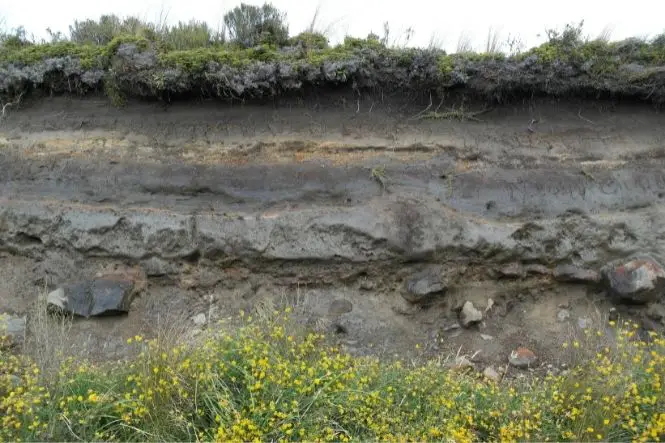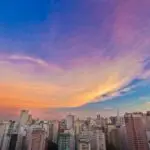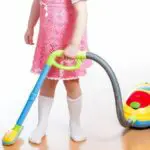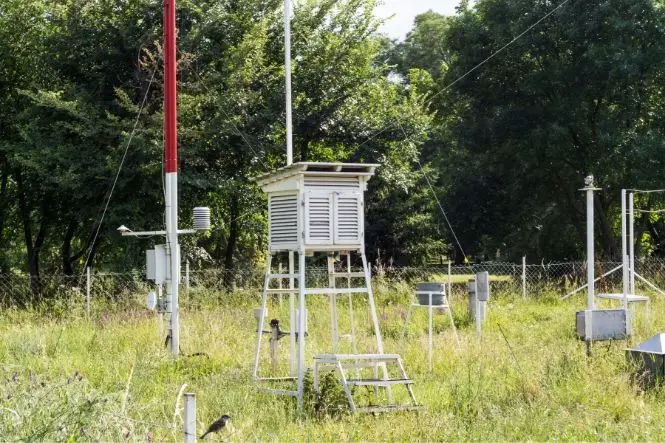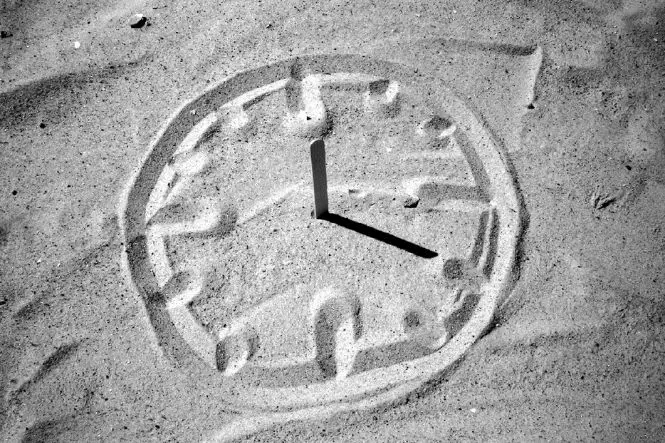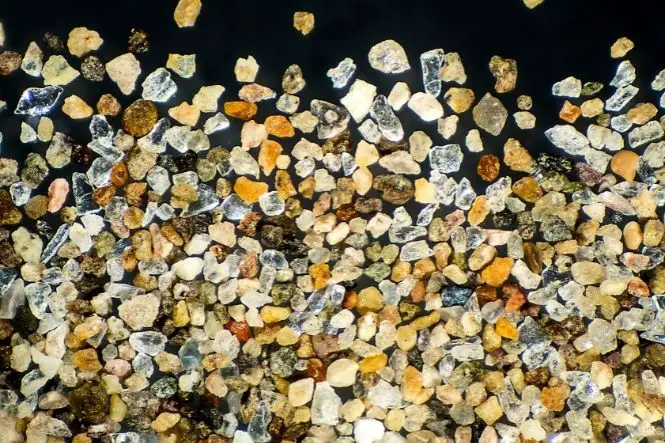Soil is everywhere – in fields, gardens, woods. Even in pots in houses for house plants. It is what plants need for growth, but what is it actually made of? Soil is a mixture of small rock particles weathered away from rocks, with rotted (composted) vegetation, known as humus.
Soil Profiles
Using a spade with a straight blade, dig a square hole as deep as possible and look at the soil layers, known as ‘horizons’. Are the layers different colours and different textures? How deep do the plant roots go? Are the layers different sizes and different colours in different places? What do the different layers feel like? Is the topsoil mostly sand, clay or loam (rich in humus)? Are there worms and insects in the soil – are they mostly in the topsoil or the subsoil.
The top layer of soil is the most fertile, with the most nutrients, and is called ‘topsoil’, or the ‘A horizon’. This includes composted plant material (humus). Depending on where the soil profile is from, this may be covered by the ‘O horizon’, a layer of fallen leaves and twigs, especially in woods. The topsoil is usually a dark colour, and most of the plant roots and animals will be in this layer.
The second layer, called ‘subsoil’, or the ‘B horizon’, does not contain as much humus, and so is likely to be lighter in colour than the topsoil. Nutrients and fine clay particles may be carried down to the subsoil from the topsoil – this is called leaching – but the subsoil isn’t as good for plant life as the topsoil, as it does not contain as much humus. The subsoil is also called the ‘zone of accumulation’ because the nutrients can accumulate here. The subsoil may be all that is left after wind or water erosion (see ‘Seeing Soil Erosion’).
The third layer is called the ‘substratum’ or the ‘C horizon’. The weathering of the stones and rocks that make up this layer created the soil, and so it is also known as the parent material. Below this is the bedrock or ‘R horizon’.
Soil Composition
Choose one of the holes dug for the previous experiment, and mix together some soil from each layer. Put this in a jar, label it, fill it with water, screw the lid on tightly and shake well. Leave the jar to settle overnight and look at the different layers.
Take a soil sample from the topsoil and subsoil, put them in two labelled jar, add water and shake well. Leave them to settle – how are the layers different to the first jar? Try this with soil from different holes.
The different parts of the soil settle out according to particle size, with the largest particles at the bottom. The soil samples are likely to contain, in order of size, largest first:
- small stones and gravel
- coarse sand
- fine sand
- silt
- clay.
Leaves, twigs and other organic matter will float on top of the water. Different soils will have different amounts of the different particles.

